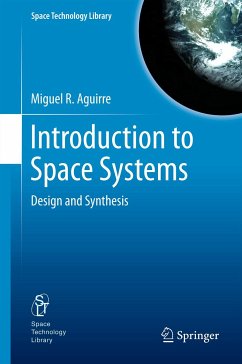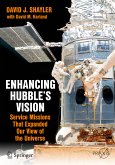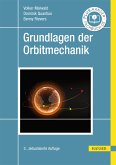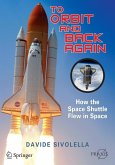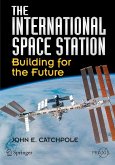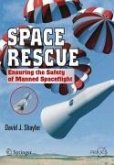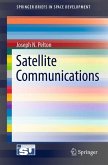The definition of all space systems starts with the establishment of its fundamental parameters: requirements to be fulfilled, overall system and satellite design, analysis and design of the critical elements, developmental approach, cost, and schedule. There are only a few texts covering early design of space systems and none of them has been specifically dedicated to it. Furthermore all existing space engineering books concentrate on analysis. None of them deal with space system synthesis - with the interrelations between all the elements of the space system. Introduction to Space Systems concentrates on understanding the interaction between all the forces, both technical and non-technical, which influence the definition of a space system. This book refers to the entire system: space and ground segments, mission objectives as well as to cost, risk, and mission success probabilities. Introduction to Space Systems is divided into two parts. The first part analyzes the process of space system design in an abstract way. The second part of the book focuses on concrete aspects of the space system design process. It concentrates on interactions between design decisions and uses past design examples to illustrate these interactions. The idea is for the reader to acquire a good insight in what is a good design by analyzing these past designs.
Dieser Download kann aus rechtlichen Gründen nur mit Rechnungsadresse in A, B, BG, CY, CZ, D, DK, EW, E, FIN, F, GR, HR, H, IRL, I, LT, L, LR, M, NL, PL, P, R, S, SLO, SK ausgeliefert werden.

